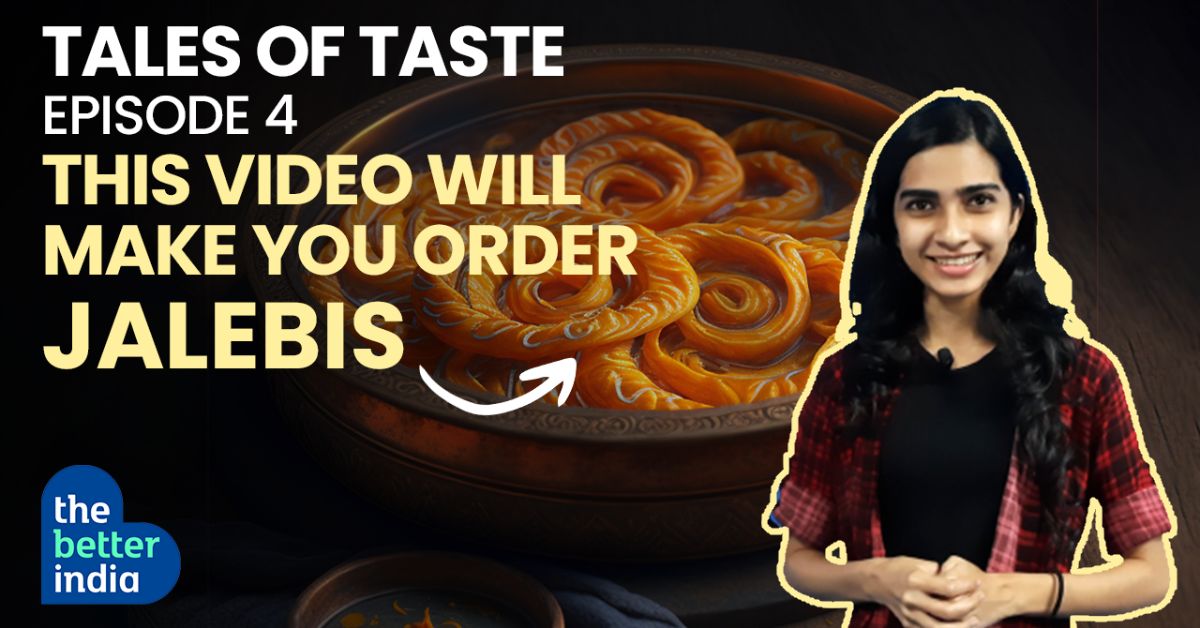Poori sabzi, samosa and chai, or even curd or milk — jalebi is a dessert that can be eaten with just about anything.
And the versatile dessert has a history that is as wonderful as its varieties. Its story begins in Persia with the zulbiya, an asymmetric floral coil-patterned dessert made with honey and rose water.
This Persian ancestry of the dessert is also spoken of by food historian KT Achaya. In his book Indian Food: A Historical Companion, he wrote, “According to Hobson-Jobson, the word jilebi is ‘apparently a corruption of the Arabic zalabiya or Persian zalibiya’. If so, both the word and the sweet, syrupy article of food that it connotes must have entered India quite early.”
Today, several avatars of the dessert are found in states across the country.
From North India’s jalebi and the jilebi in South India to the Bengali Jilapi served at Rathayatra, or the Gujarati jalebi consumed with fafda on Dussehra, the dessert has become an attraction on every platter.
If you are looking for the story of how all these versions were born and won the hearts of Indians and the world, here’s something you may enjoy!

If you found our stories insightful, informative, or even just enjoyable, we invite you to consider making a voluntary payment to support the work we do at The Better India. Your contribution helps us continue producing quality content that educates, inspires, and drives positive change.
Choose one of the payment options below for your contribution-
By paying for the stories you value, you directly contribute to sustaining our efforts focused on making a difference in the world. Together, let's ensure that impactful stories continue to be told and shared, enriching lives and communities alike.
Thank you for your support. Here are some frequently asked questions you might find helpful to know why you are contributing?

